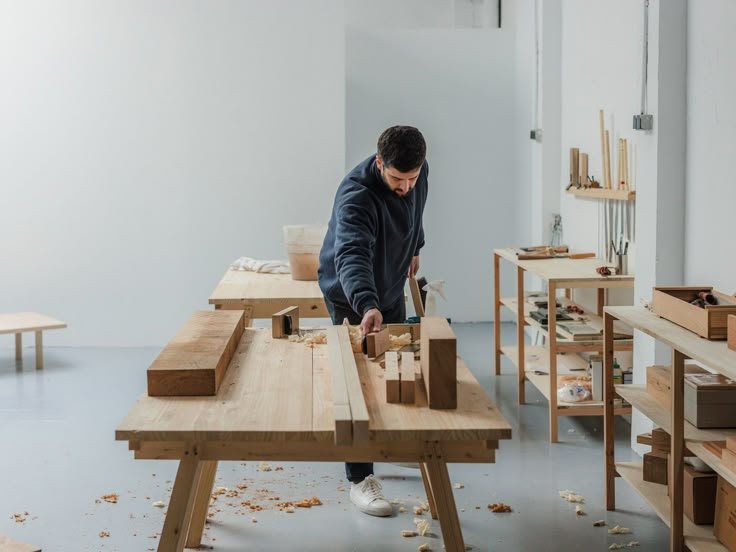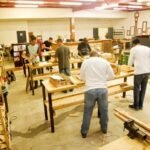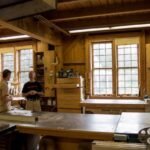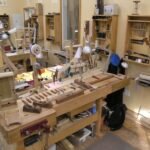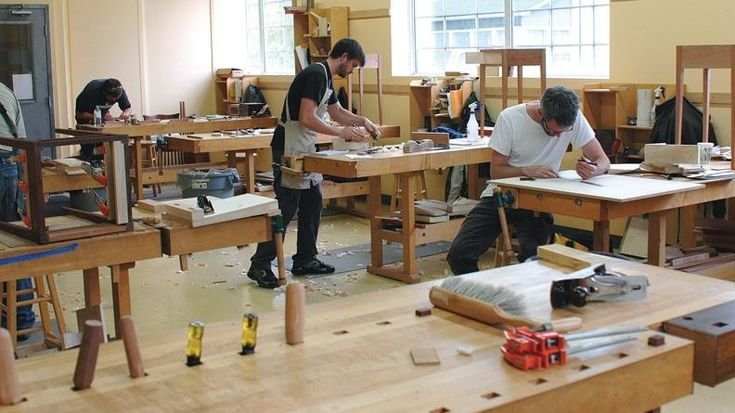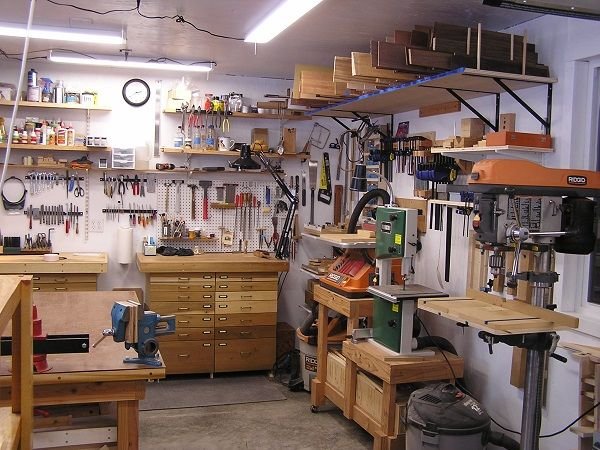The Charms of Old Tool Auctions
You know, there’s just something magical about a good old-fashioned woodworking tool auction. I remember the first one I ever went to like it was yesterday. It was a crisp autumn morning in a small-town community center, the kind that smells like coffee and old wood, with that unmistakable aura of nostalgia. I had just started dabbling in woodworking back then, fueled by a reckless ambition and the stubborn delusion that I could build anything—even if I wasn’t entirely sure how I’d get there.
Anyway, I strolled into that auction like a kid in a candy store. I breathed in that rich, earthy scent of sawdust mixed with a whiff of varnish—I still get butterflies thinking about that moment. Tables were lined with all kinds of treasures: weathered hand planes, rusty chisels, and saws with wooden handles that had seen far better days. I could almost hear the tales those tools had to tell.
The Gleam of Old Steel
One table caught my eye in particular. It had this old Stanley block plane, the kind that’s been around since Methuselah supposedly was a young whippersnapper. The moment I laid hands on it, I could feel the weight of history in my palms. It was beautiful in a worn, rugged sort of way, and believe me, I’d read all about how they knife through wood like a hot knife through butter. The bidding began, and my heart raced. It felt like I was pledging my life savings for a piece of my future.
Now, I don’t remember exactly how much I bid, but looking back, it might have been a bit too much for a novice like me—$40 or $50? I know, outrageous! The moment I won it, I felt like I’d managed to snag a legendary artifact. But oh boy, my excitement took a nosedive when I found out I had no earthly idea how to actually use it.
A Lesson in Patience
So there I was, back in my garage with this glorious plane in hand, ready to become the next woodworking prodigy. I grabbed a nice piece of cherry wood I had lying around—beautiful grain, rich color, you know the type. I thought, “This is going to be a masterpiece.” But, here’s the kicker: I couldn’t even get through a single pass without the tool jamming or snagging.
I almost gave up right then and there, sitting on the floor surrounded by shavings that looked more like confetti than beautiful wood curls. It felt discouraging, like skating just past the edge of a good idea but never quite hitting the sweet spot. I was getting ready to toss it in a corner and leave it for another day. But then… I laughed. I still remember the sound of my own chuckle echoing through that empty space. Here I was, all worked up over an old tool—how ridiculous!
That moment of clarity hit me like a rush of fresh air. I hadn’t hit the brakes; I hadn’t even tried adjusting the blade, and I certainly hadn’t taken the time to really study how to work with it! Every wooden relic has its quirks, I realized.
Figuring it Out
So, I dug up some old woodworking magazines and watched a few YouTube videos (thank goodness for the internet, right?). Time slipped away as I studied the mechanic of that Stanley block plane. First, I noticed that the blade needed to be honed—oh, a little tweaking and love goes a long way, they say.
After some fiddling, I finally got it to that sweet spot where it glided through the wood like butter. When I saw those beautiful shavings curling off the side, I felt that giddy rush again. It reminded me of childhood days playing outside till sunset, feeling completely alive. That moment made all the frustration worth it; I almost felt like I had shared a drink with an old friend after a long, dry spell.
Tool Stories and Local Friendships
As I kept attending these auctions, it became kind of a ritual for me. I’d bring my coffee thermos, chat with the other folks milling around, share stories, and inevitably, we’d swap tips. One guy, ol’ Bill, taught me about source wood types—like how oak can be a pain but is so rewarding, while pine is easier but likes to warp if you ain’t careful. Listening to him made me appreciate the character of each piece of lumber a whole lot more.
I still think about those wooden treasures I’ve collected over the years. A vintage fretsaw here, a smooth-acting brace and bit there. Some tools are a little shy, needing extra care. Others? They practically sing the moment you pick them up.
A Warm Ending
If you’re even a little bit curious about woodworking, I say just dive in. Go to that local auction or flea market and wander around. You never know what you might find—a rusty old hand saw that, with just a little love, can become part of your very own family legacy. Sure, you might mess up or feel like giving up at times, but hey, isn’t that part of the journey? All those missed cuts and janky joints are just a part of figuring it all out.
Your tool collection may start with a few scraps and some brave attempts, but trust me—it’ll only make you appreciate the process even more. Sometimes, the best experiences don’t just come from the crafting but from the tales those tools share with you along the way.

